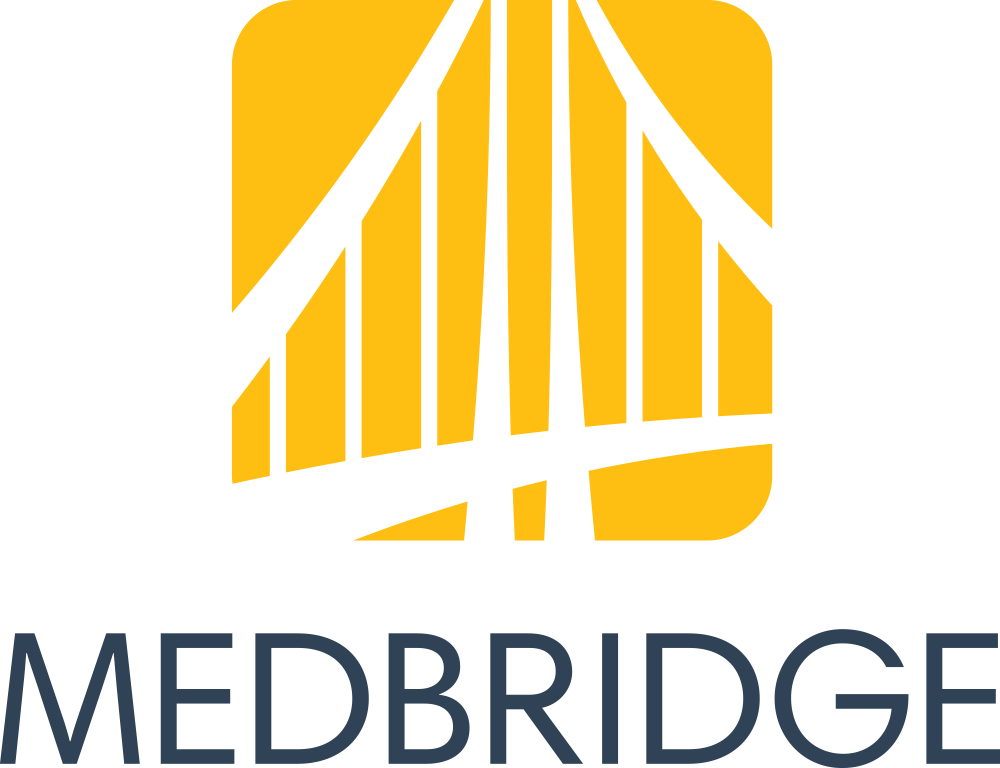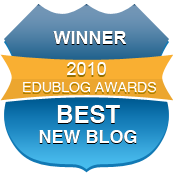Just playing on the title of last week's post, one lesson from this experience (almost all teletherapy, all the time) is the power of resources which allow you to have group members join a space, almost like a room. I believe for me this will continue beyond the pandemic as a helpful language and social engagement tool, incorporating technology to provide visual guidance, context, motivation to participate, language practice in various forms, and fun! Here are some examples:
Backyard is a free resource; create a space by signing in with your Google account, and students can join via a shared code. I found out about Backyard from Speech Dude Chris Wegner (see his helpful video tutorial) and it helped power me through my last few months of group therapy. With Backyard you can play fun language-y games like Doodle, basically a form of Pictionary with the tech providing structure and engagement. Backyard looks to be undergoing some sort of hiatus soon, but use it until June 26 and sign up for their updates on its later form (I see with dismay after writing this paragraph, but still worth looking at to see what is to come).
Jamboard, I've sung your praises many times. This collaborative drawing and writing space from Google provides infinite opportunities for bringing students together to the same space for a defined context or task. One of my latest uses was a modification of Wacky Words by Cranium (as always, please don't request access, just click on the 3 dots and make a copy). I left the second game as one in progress so you can see how it works. The rules for the game are here (also a handy visual site) and you can use a random letter generator like this one. For any Jamboard, Share will give you a link to modify as editable, Share directly with Google accounts or in Google Classroom.
Kahoot, as always, came in handy. Quizzes generate conversation between items, so scaffold that, and you can easily create/modify quizzes related to language/social content or conduct decision-making and compromise sessions related to playing Kahoots about trivia topics. This Google Slide visual is one I used to teach about Levels of Like (compromise means picking something all are "ok" with); use shapes and change their sizes to show what the group "thinks" about the option.
Jackbox, a series of games that actually use the term "room code," provides many engaging games, especially for middle and high schoolers. Watch for sales on their website (sign up for mailing list) as these are frequent, and I buy the codes to run through Steam. Be aware that many schools may block running Steam over their network in order to stop students from gaming inappropriately; I have used my hotspot on a few occasions. This site provides a helpful list and descriptions (e.g. which games have family-friendly settings).












